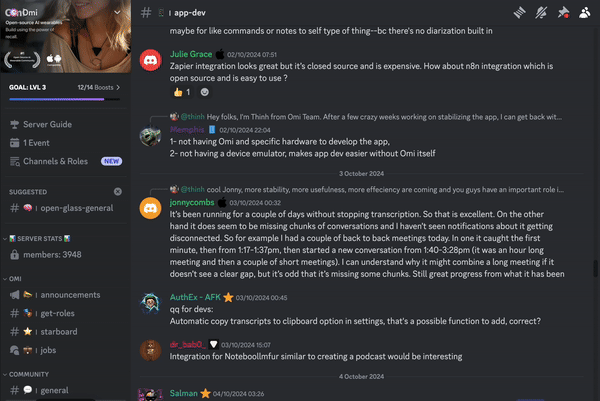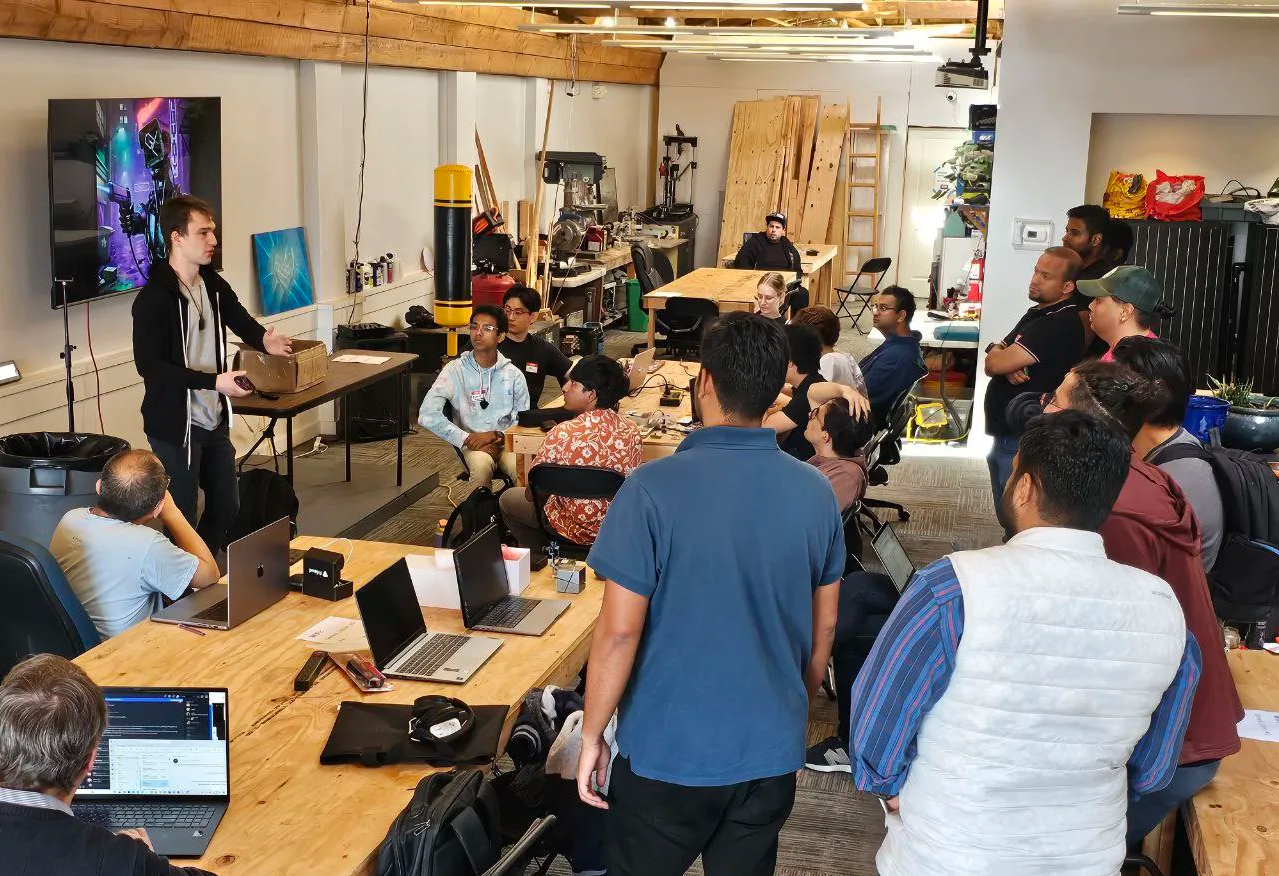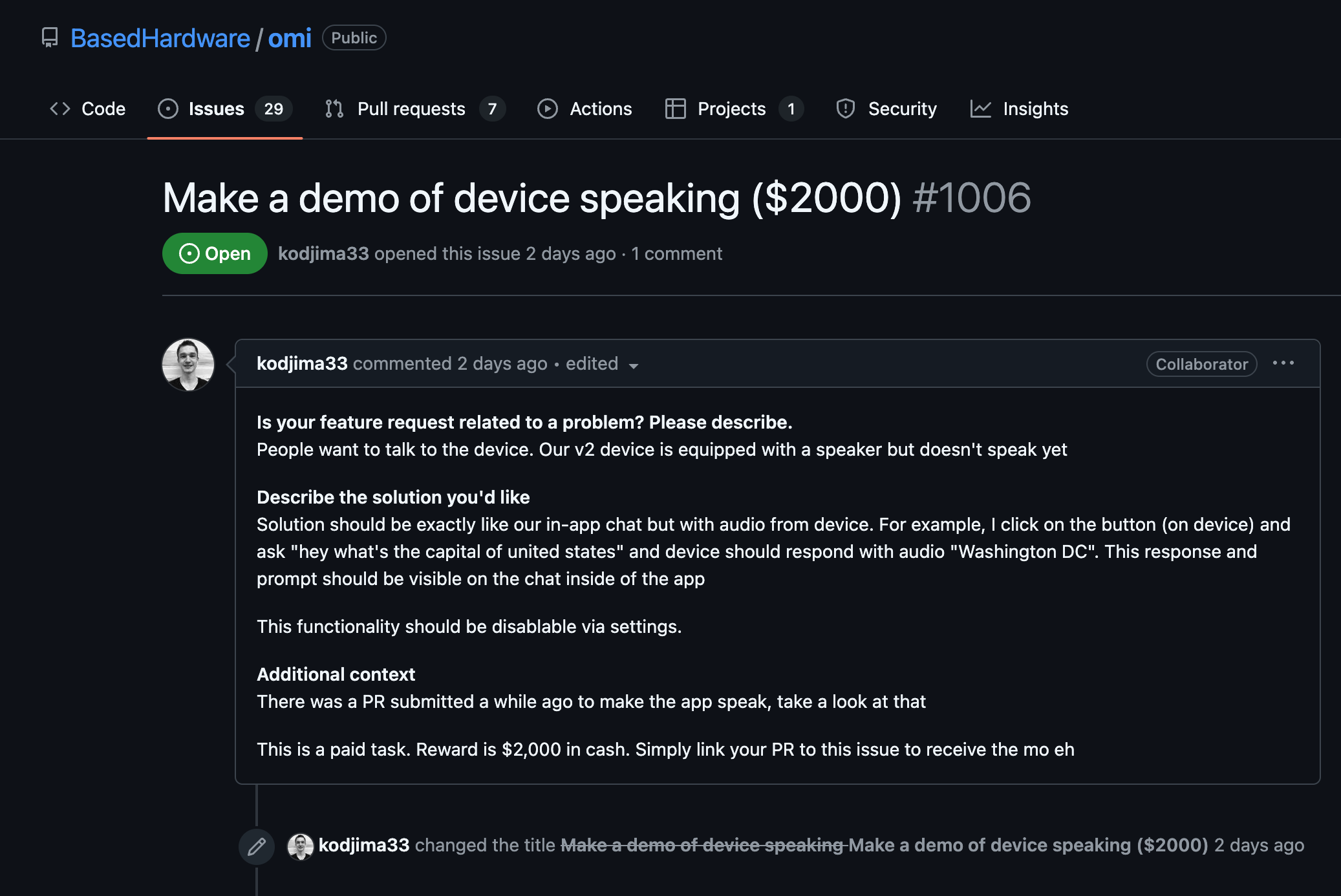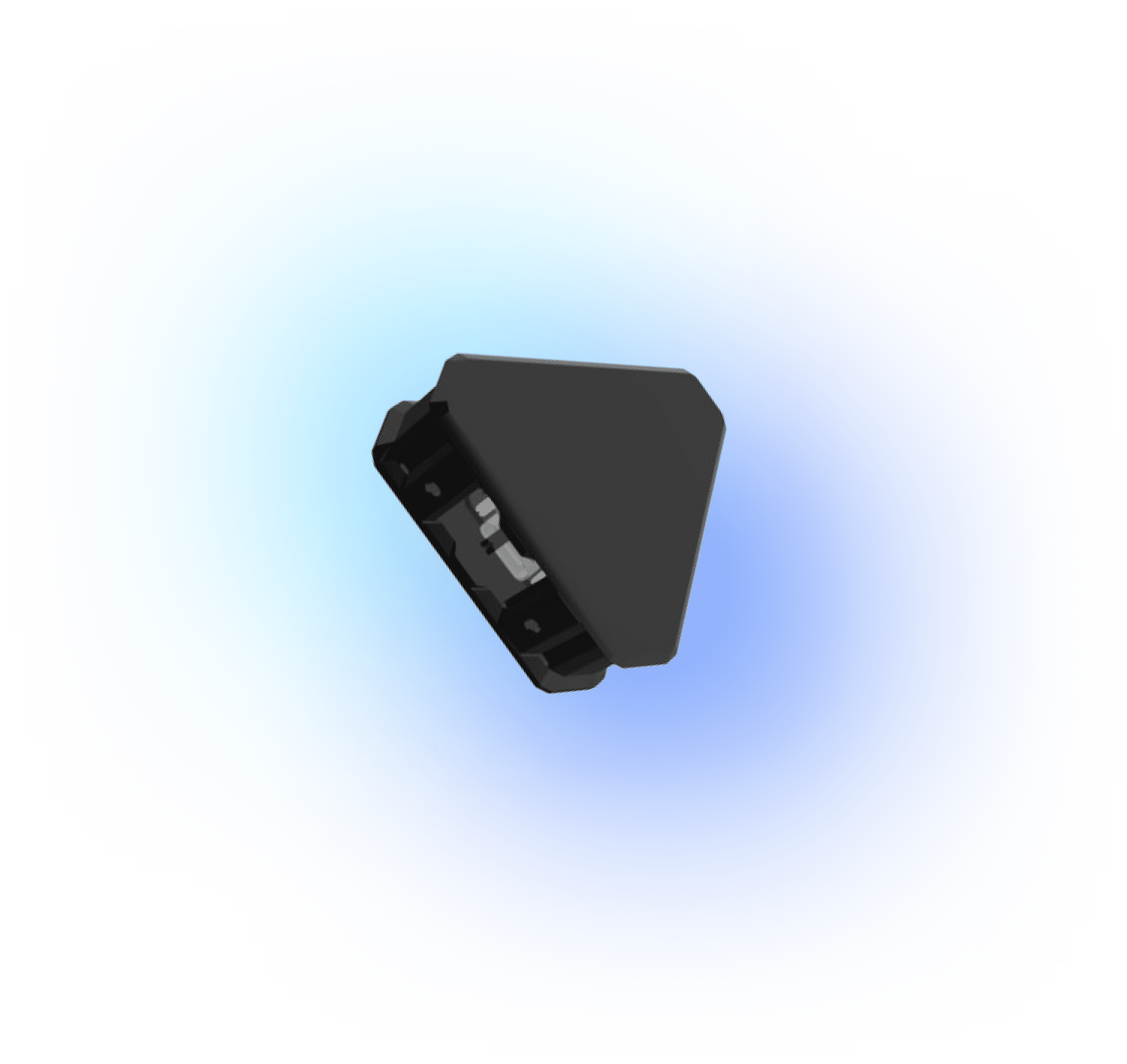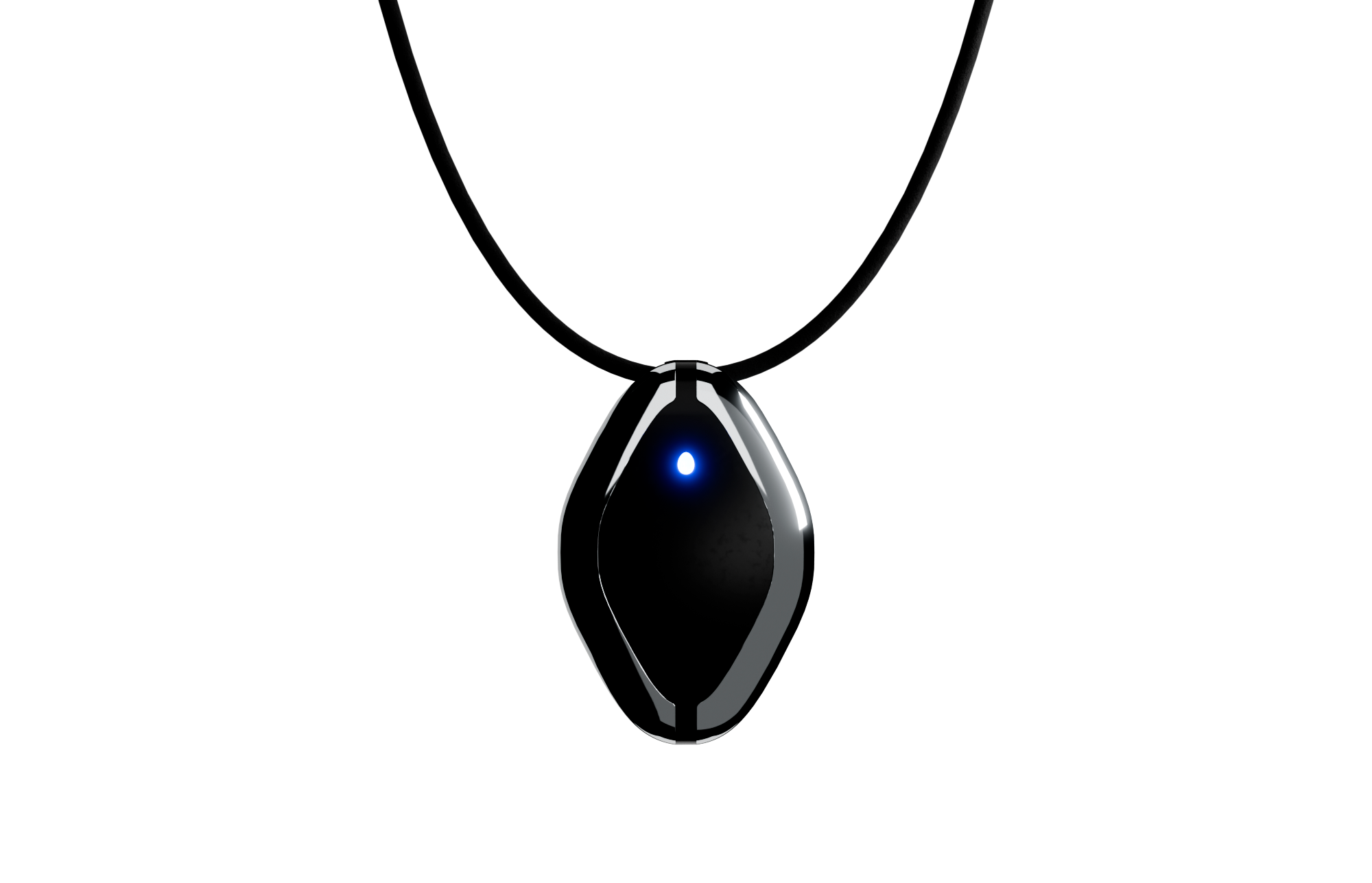Select the Right Microcontroller
- Evaluate the motor type you are controlling (e.g., DC, stepper, or BLDC) to determine its requirements for control signals.
- Choose a microcontroller with a sufficient number of PWM outputs, ADC channels, and GPIO pins needed for sensors and control signals.
- Consider microcontrollers with integration options such as I2C, SPI, or UART for communication with other systems or sensors.
Design and Build the Electrical Circuit
- Use a motor driver IC or an H-Bridge suitable for the motor's voltage and current specifications to safely interface the motor with the microcontroller.
- Incorporate protective components such as flyback diodes to handle voltage spikes generated when the motor turns off.
- Include resistors and capacitors as necessary to clean up the signals and ensure stable operation.
- Connect feedback sensors (like encoders or Hall effect sensors) to allow the microcontroller to monitor motor position or speed.
Develop Low-Level Driver Code
- Write code to initialize the microcontroller's timers for generating PWM signals for motor speed control.
- Develop ISRs (Interrupt Service Routines) for handling feedback from sensors, ensuring real-time response as needed for the motor application.
- Implement ADC initialization and reading functions if analog sensors are used for feedback or environmental sensing.
#include <avr/io.h>
void initPWM() {
// Set PWM for 8-bit
TCCR0A = (1 << WGM00) | (1 << WGM01);
// Set non-inverting mode
TCCR0A |= (1 << COM0A1);
// Prescale by 64
TCCR0B = (1 << CS00) | (1 << CS01);
// Set PD6 as output
DDRD |= (1 << DDD6);
}
// Set PWM duty cycle
void setPWMDuty(uint8_t duty) {
OCR0A = duty; // 0-255 for 0-100% duty
}
Implement Control Algorithms
- Determine the control strategy based on application requirements: PID control, open-loop, closed-loop, etc.
- Coding a simple PID loop could follow this pattern:
float pid_compute(float setpoint, float measured_value) {
static float prev_error = 0;
static float integral = 0;
float kp = 1.0, ki = 0.1, kd = 0.01;
float error = setpoint - measured_value;
integral += error;
float derivative = error - prev_error;
prev_error = error;
float output = kp * error + ki * integral + kd * derivative;
return constrain(output, 0, 255);
}
Test and Debug the System
- Perform initial tests with the motor disconnected to verify PWM frequency and duty cycle adjustments using an oscilloscope.
- Connect the motor and monitor sensor feedback to fine-tune PID parameters or any other control logic implemented.
- Utilize serial communication to log internal state variables for better understanding and debugging of the motor control system.
Optimize for Power Efficiency
- Ensure that control loops run as efficiently as possible by optimizing ISR execution times and minimizing floating-point operations.
- Consider using low-power modes in the microcontroller when full performance is not needed.
- Reduce the operating voltage and avoid unnecessary current draw in non-critical components.
Deploy and Maintain the System
- Once validated, implement robust error-handling mechanisms that respond appropriately to unexpected motor or system conditions.
- Document the system thoroughly, including the hardware setup, software architecture, and control logic.
- Plan regular maintenance checks on the system to recalibrate sensors, update software if necessary, and ensure that all components operate within specified limits.
